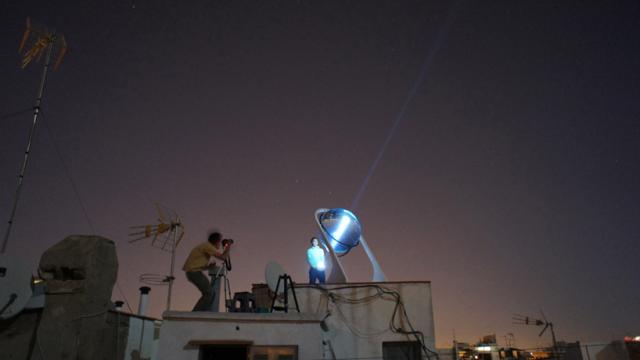Photovoltaic panels aren’t the most glamorous technology: They’re usually tucked away on a roof, and when you can see them, they’re ugly. And inefficient. But what if they made architecture more beautiful? And what if they were more efficient, working even at night? Say hi to Rawlemon, a solar ball lens that is quickly making its way to market.
This perfectly spherical glass ball is the work of a German architect named André Broessel, who began working on it three years ago with the aim of making solar power more efficient and less expensive, a technology available to everyone, everywhere. “Our product is democratic,” he told me recently over email. “Imagine, we are conceiving autonomous products able to concentrate the light even during a cloudy day, which are generating sun powered energy wherever you are in the world. Energy for free.”
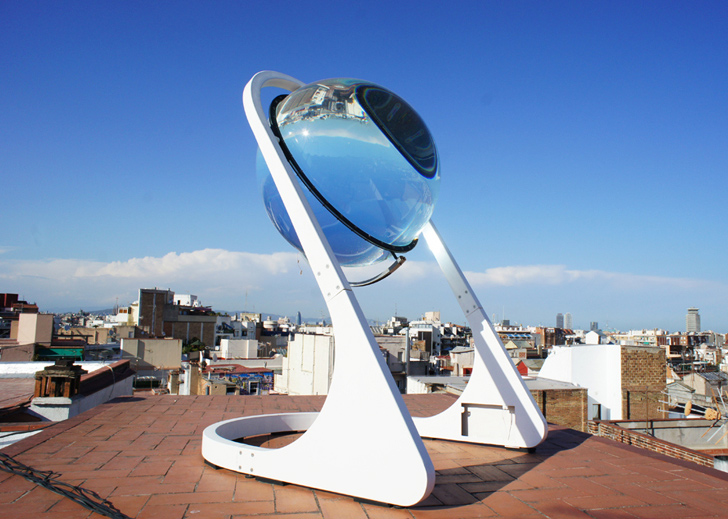
Well, not quite for free. But Rawlemon, by sheer force of numbers, has the power to outperform traditional solar panels by many thousands of times. In simple terms, here’s how it works. Broessel’s Palantir-esque globe is filled with water that magnifies the sun’s rays by more than 10,000 times, making it possible to harvest energy from the moon, or the sun on a cloudy day. Where are the PVs? The tiny panels are situated directly below the ball, where the magnified ray hits them.
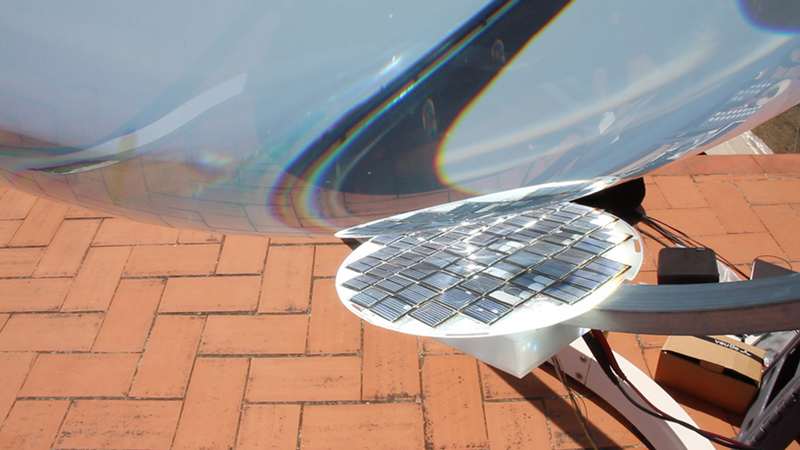
At the most basic level, Rawlemon is a ball lens — a perfect sphere that refracts light into a powerful concentrated ray — and a mechanism that’s been around for centuries. In fact, you can even make a crude version using a piece of saran wrap and water, as demonstrated by this dude on YouTube.

But the sun and moon, of course, are constantly moving. So to more efficiently capture their direct rays — unlike PV panels, which usually lay in a static position — Broessel designed a microtracker that follows the course of the sun as it arcs across the sky, tilting the panels along with it. The tracking system, paired with the ball lens, make Rawlemon up to 70 per cent more efficient than a typical solar panel.
“So why isn’t there a giant pivoting crystal ball on every rooftop yet?” I hear you whispering in awe. For one thing, manufacturing — and certifying — solar collection systems is a serious undertaking, involving yards of bureaucratic red tape. But as Broessel tells me, solar tech is also hard to market to normal people.
“People get very quickly confused [and] that makes it hard for us to get funded,” he says. “That’s why our challenge right now is also to communicate to people that our project is the smartest innovation in solar energy since the invention of PV panels.” That involves the simple animated video above, and launching their first Indie GoGo campaign to fund the creation of a smaller Rawlemon ball for charging devices called the Beta.ey:
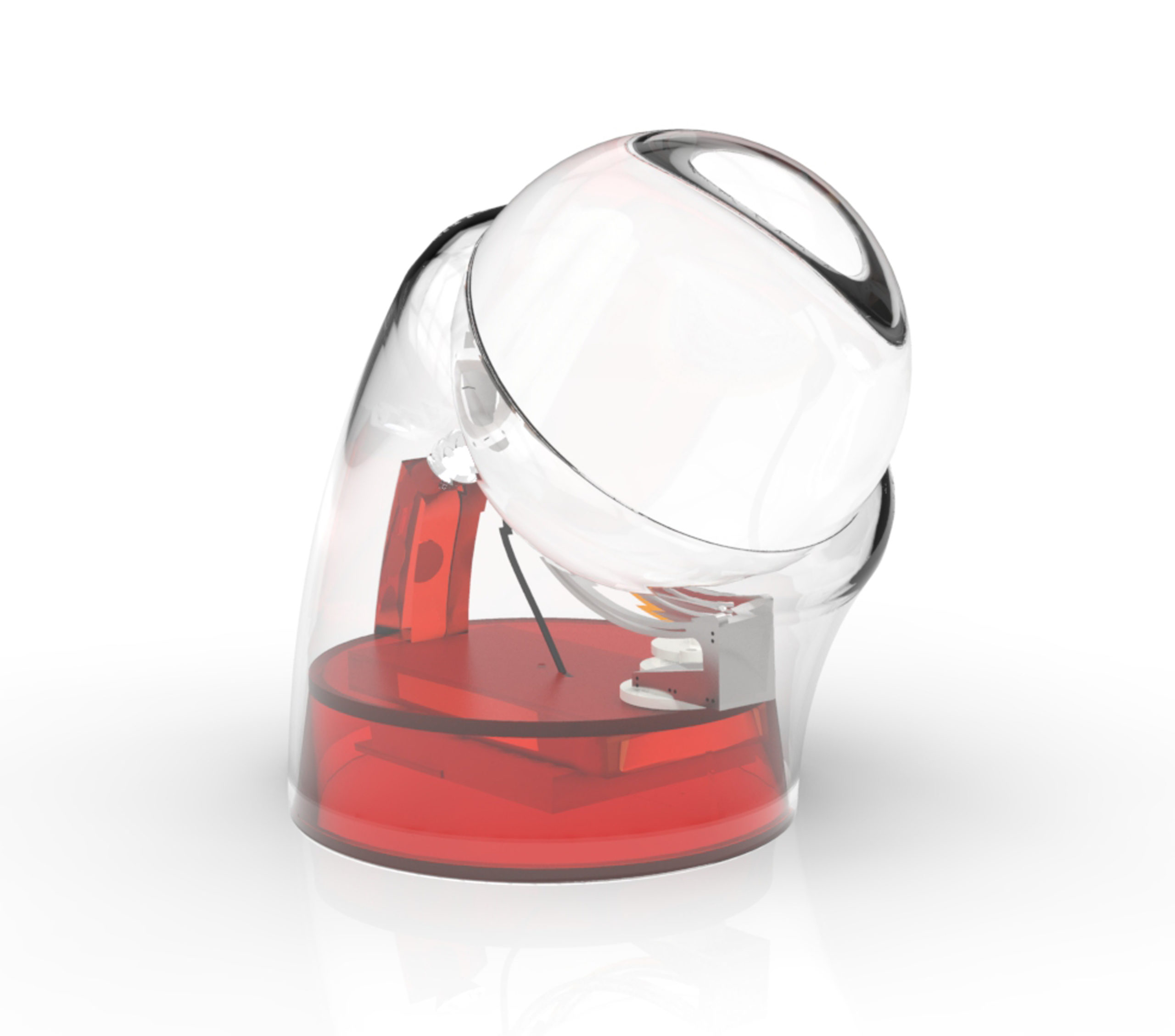
To me, the most exciting part of Broessel’s technology isn’t desktop-sized, it’s building-sized. The team at Rawlemon are testing windows that are embedded with multiple lenses, designed to be used instead of tradition glazing. In their vision of the future, skyscrapers bubble with ball lenses, powering themselves with super-concentrated rays of light from the outside in.

Let’s say you replaced the south facade of Dubai’s Burj Khalifa. Just a quarter of the entire building skin could generate 16.4 Gigawatt-hours per year. If that number means nothing to you, think about it like this: That’s enough to power the tower, and still have 60 per cent of the energy left over. If that’s put back into Dubai’s power grid, it would turn more than $US1.2 million in profits a year, based on Broessel’s calculations. It could power a city like New York for several hours alone.
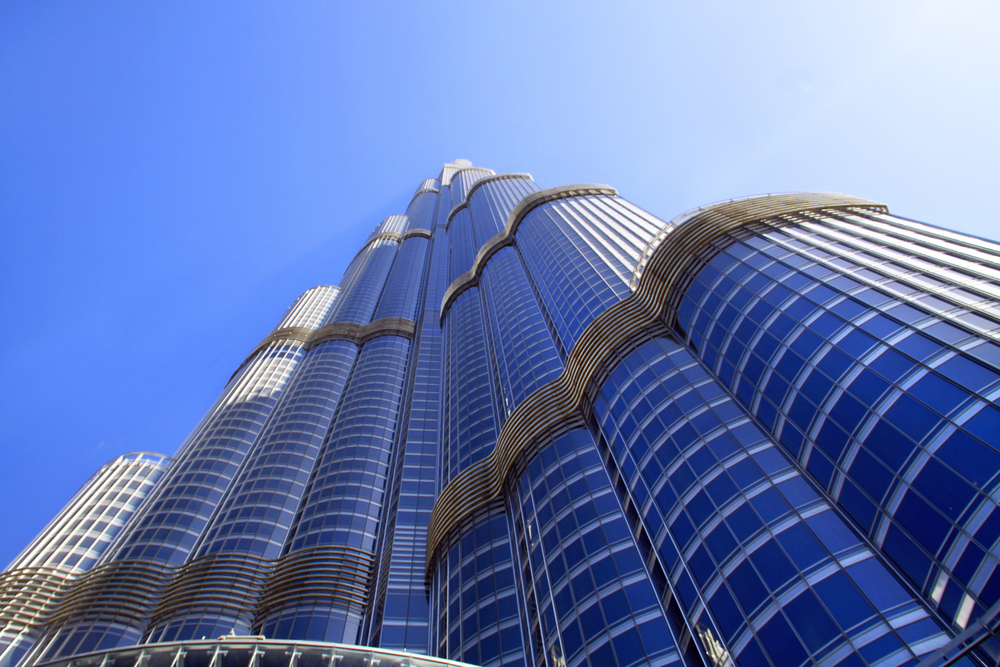
Image: Lyubov Timofeyeva
Their IndieGoGo campaign, which will net a small desktop version for funders, is really aimed at helping the team with the bigger financial challenges of large-scale solar manufacturing: Making that first component order, developing the right production tooling, and funding a cascade of global certification tests.
Though the vision of buildings bubbling with lenses is a powerful one, the Rawlemon team is starting small — with convincing people that efficient, ubiquitous solar power isn’t as far off as it seems. “We are even thinking in opening our own chain of solar cooking restaurants,” Broessel adds with a wink. Go check out the campaign.
